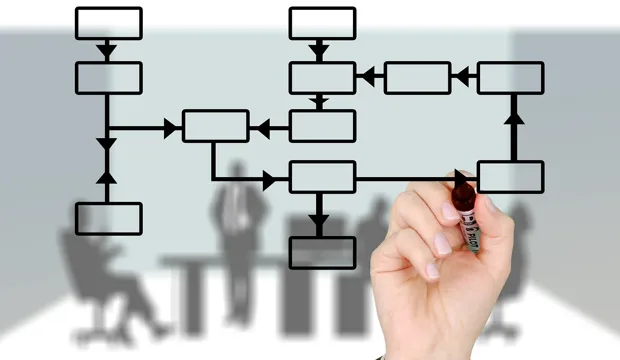
Estimate the radius of a circle of light
Use proportional reasoning to estimate the radius of a circle of light produced by shining a torch at various distances from the wall
This is an engaging activity for GCSE students in which learners will estimate the radius of a circle of light produced by shining a torch at various distances from the wall.
In order to estimate the radius, students will need to use proportional reasoning or Pythagoras theorem. Students are encouraged to use GeoGebra to gather data.
The related GeoGebra file for this activity can be viewed at the following link: https://www.geogebra.org/m/GCPEJeaS
Activity: Estimate the Radius of a Circle of Light
To begin, display the first slide and give the students time to think. If anyone is struggling, prompt them by asking what information is needed to determine the area of a circle.
As a follow-up, ask which has a greater distance to travel, the light which travels to the torch to the circumference, or the light which travels from the torch to the centre of the circle? Ask them to explain why. This may involve using Pythagoras’ Theorem. To introduce physics, discuss why this results in a decrease in light intensity towards the circumference of the light circle.
For the second problem, encourage students to utilise the GeoGebra file to gather data, create a table, and plot a graph. You can analyse the shape of the graph and discuss its implications for the relationship between distance and the light circle’s area. Alternatively, students may use the data alone to calculate the value.
Problem Solving
To solve the problem presented on the first slide, students will have to employ proportional reasoning. This can be utilised to reinforce concepts of enlargement, and potentially Pythagoras if the follow-up question is used.
For the second problem, students will need to collect data, consider how to manipulate the control variable (distance) and organise the data to aid in identifying any connections between distance and area. Some students may choose to create a graph and extrapolate to determine the distance, while others may seek out a function.
What is GeoGebra?
GeoGebra is a free and open-source dynamic mathematics software that allows users to create and manipulate mathematical figures and interact with them in real-time. It can be used to plot graphs, create 3D models, solve equations, and perform complex mathematical operations. It is widely used in education, particularly in the teaching and learning of STEM subjects.
GeoGebra is available for use on desktops, tablets, and mobile devices.
Potential GCSE content covered
By the end of this activity students will have an understanding of Pythagoras’ Theorem, the area of a circle, and enlargement.
Download the free Estimate the Radius of a Circle of Light activity sheet below!
All activity sheets and supporting resources are free to download, and all the documents are fully editable, so you can tailor them to your students’ and your schools’ needs.
The activity sheet includes teacher notes, guidance, useful web links, and links (where appropriate) to the national curriculum in each of the four devolved UK nations; England, Northern Ireland, Scotland and Wales.
Please share your classroom learning highlights with us @IETeducation.




